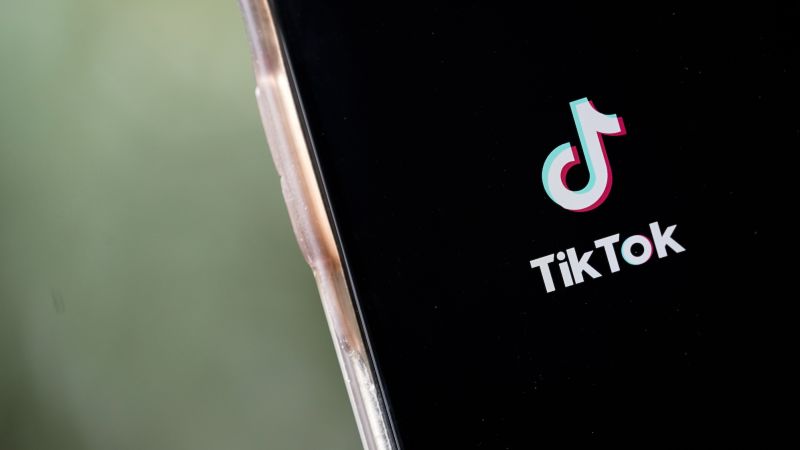
New York
CNN
—
TikTok is officially kicking off its US e-commerce efforts with the launch of TikTok Shop.
The short-form video platform launched an in-app shopping experience in the United States on Tuesday, according to a company blog post, after months of testing. TikTok Shop allows users to find and directly purchase products used in live videos, tagged in content shown on their algorithm-driven For You page, pinned on brand profiles or marketed in a new “Shop” tab.
For creators, the feature could bring new streams of income by connecting them with brands for commission-based marketing partnerships. TikTok is also offering “Fulfilled by TikTok,” a program that handles all of the logistics for sellers, including storing, packing and shipping.
“With community-driven trends like #TikTokMadeMeBuyIt inspiring people to discover and share the products they love, TikTok is creating a new shopping culture,” the company wrote. “With TikTok Shop, we’re giving people a place to experience the joy of discovering and purchasing new products without leaving the app.”
TikTok is looking to quadruple its merchandise sales by the end of the year to hit $20 billion, according to Bloomberg.
The app’s push into live e-commerce comes as other platforms have struggled with online shopping initiatives.
Meta-owned Instagram killed livestream product tagging and shopping in March and got rid of the shopping tab on the app’s navigation bar. Facebook also axed live shopping in October. Meanwhile,YouTube partnered with Shopify in 2022 to help creators sell products.

Amazon has been offering Amazon Live since 2019, a streaming hub that sells items through live videos. Amazon Storefront, launched in 2018, also allows creators to build pages that bring together content and product recommendations to sell to followers, for a commission.
TikTok Shop is already available throughout parts of Asia and the United Kingdom. Southeast Asia, a region with a collective population of 630 million – half of them under 30 – is one of TikTok’s biggest markets in terms of user numbers, generating more than 325 million visitors to the app every month, according to Reuters.
But the platform has yet to translate its large user base into a major e-commerce revenue source in the region as it faces fierce competition from bigger rivals of Sea’s Shopee, Alibaba’s Lazada and GoTo’s Tokopedia.
E-commerce transactions across the region reached nearly $100 billion last year, with Indonesia alone accounting for $52 billion, according to data from consultancy Momentum Works.
TikTok facilitated $4.4 billion of transactions across Southeast Asia last year, up from $600 million in 2021, but it still trailed far behind Shopee’s $48 billion of regional merchandise sales in 2022, Momentum Works told Reuters in June.
Cracking the United States has proven even harder. TikTok Shop, as launched Tuesday, has been in testing since November.
The platform has previously backed down from efforts to push e-commerce. TikTok piloted a shopping experience in partnership with Shopify in 2021 that did not stick, and reports circulated in 2022 that TikTok was giving up altogether on live shopping in the United States and Europe after struggling to connect with consumers.
The move to once again revitalize e-retail efforts in the United States comes as the app faces increasing scrutiny from lawmakers. Some critics and a growing number of US lawmakers on both sides of the aisle view TikTok as a national security threat, since it is owned by China-based company ByteDance. Some US officials have expressed fears that the Chinese government could spy on US data via TikTok, though there is so far no evidence that the Chinese government has ever accessed personal information of US-based TikTok users.
